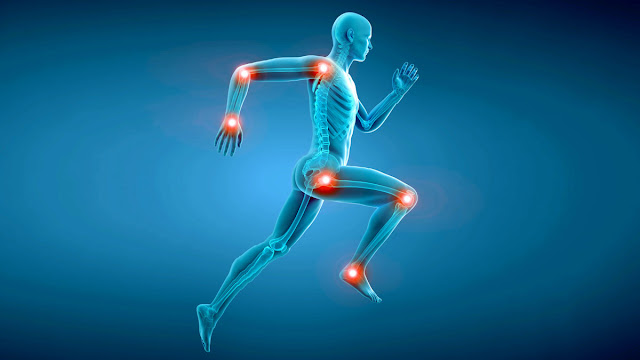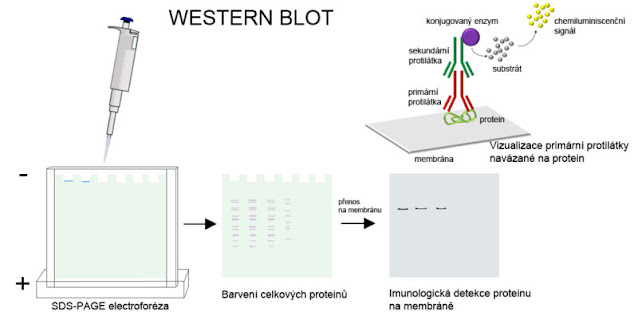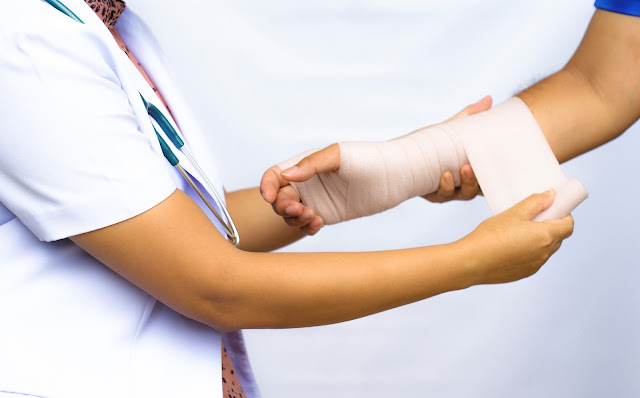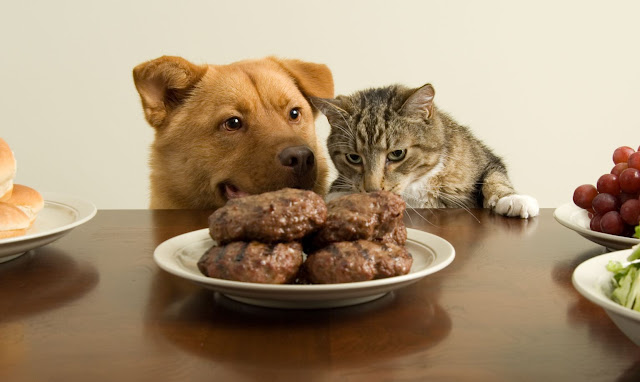Cell And Gene Therapy Holding Immense Promise For The Treatment Of Various Diseases And Conditions
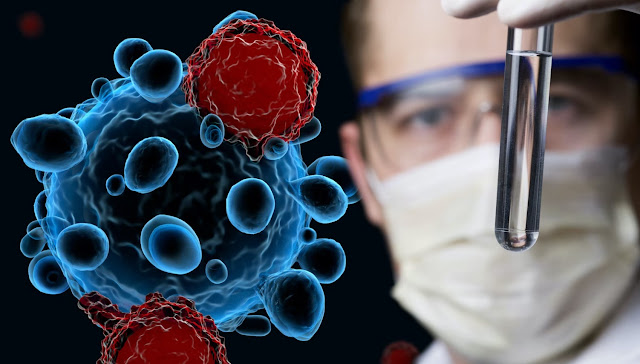
Cell And Gene Therapy Cell And Gene Therapy represent groundbreaking approaches in the field of medicine, holding immense promise for the treatment of various diseases and conditions. These innovative therapies involve the manipulation and utilization of living cells and genes to target and correct the underlying causes of diseases at the genetic level. By harnessing the power of our own cells and genetic material, these therapies have the potential to transform the way we treat and even cure previously incurable ailments. Cell therapy involves the transplantation or modification of living cells to restore or enhance their function within the body. These cells can be sourced from the patient (autologous) or a donor (allogeneic). According To Coherent Market Insights, The Global Cell And Gene Therapy Market Was Assessed At $15,580.3 Million In 2022 And Is Anticipated To Grow At A CAGR Of 24.7% From 2022 To 2030. Stem cell therapy, a prominent form of Cell And Gene Therap...
